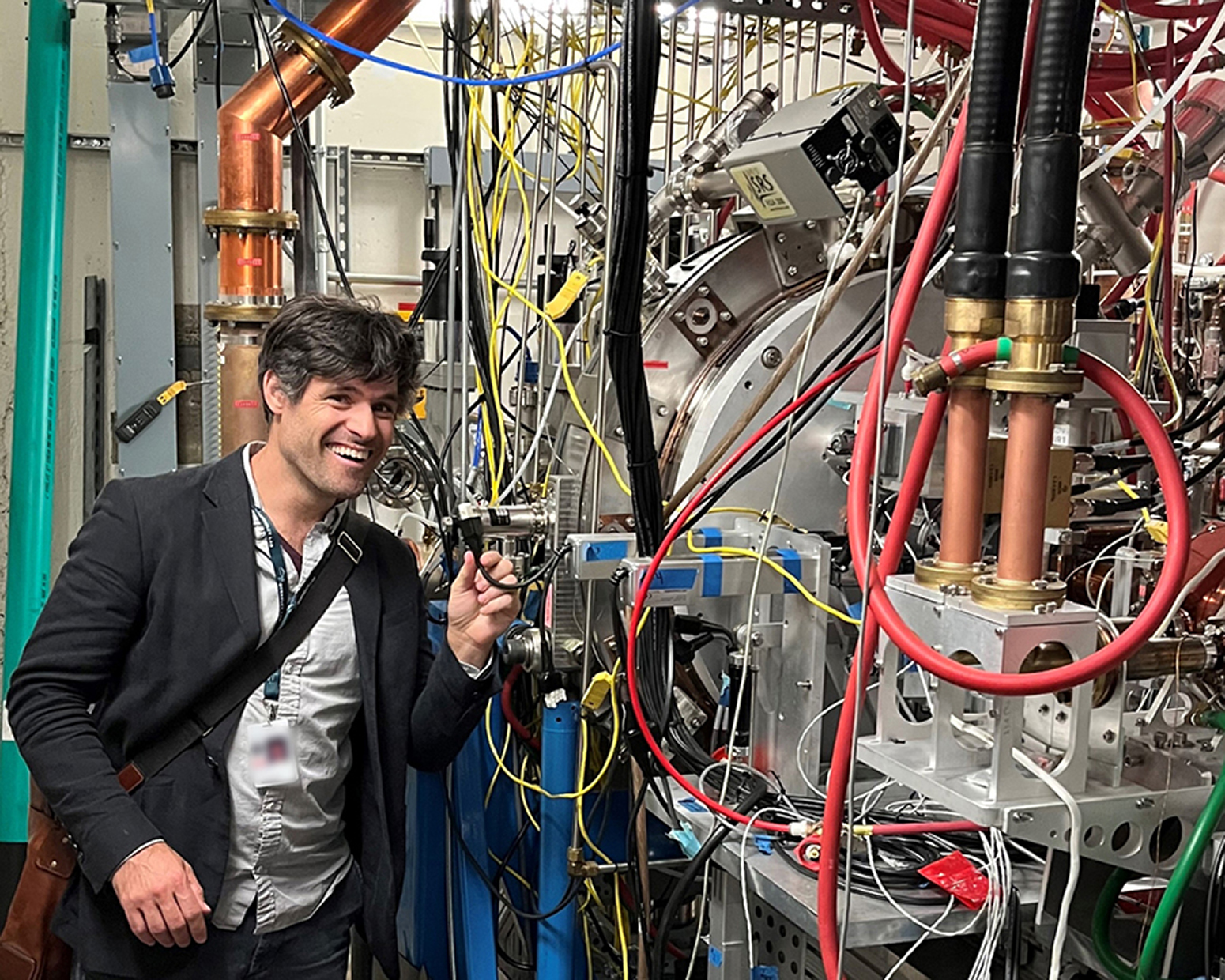Trenching helps scientists understand ancient earthquakes of greater Los Alamos region
They dug pits to investigate how the earth has shifted over time

Looking for signs of ancient earthquakes, researchers at Los Alamos National Laboratory are digging into the details to determine the history of the Pajarito Fault System, which is located within the Rio Grande rift in Northern New Mexico.
Why this matters: Mapping the paleoseismic history of the region will help scientists understand how the fault may act in the future.
What they learned: This study found evidence of a single late Holocene paleoseismic event, which may have happened around 1,600 to 2,300 years ago. Previously, the prevailing thought was there could be anywhere from one to three significant paleoseismic events on the fault in the last 11,700 years (Holocene epoch).
How it works: Trenching — when scientists dig pits to investigate how the earth has shifted over time — is one of the most effective methods to see firsthand how seismic events impact the ground.
- For this study, researchers dug six trenches in three locations along the width of the main fault.
- When possible, carbon-14 samples provided the approximate maximum age ranges for the trenches. For trenches that did not contain carbon-14, researchers used optically stimulated luminescence dating of sediments to constrain the maximum age range.
Funding: Offices of Nuclear Safety within Facilities and Operations at Los Alamos National Laboratory
LA-UR-25-24104





